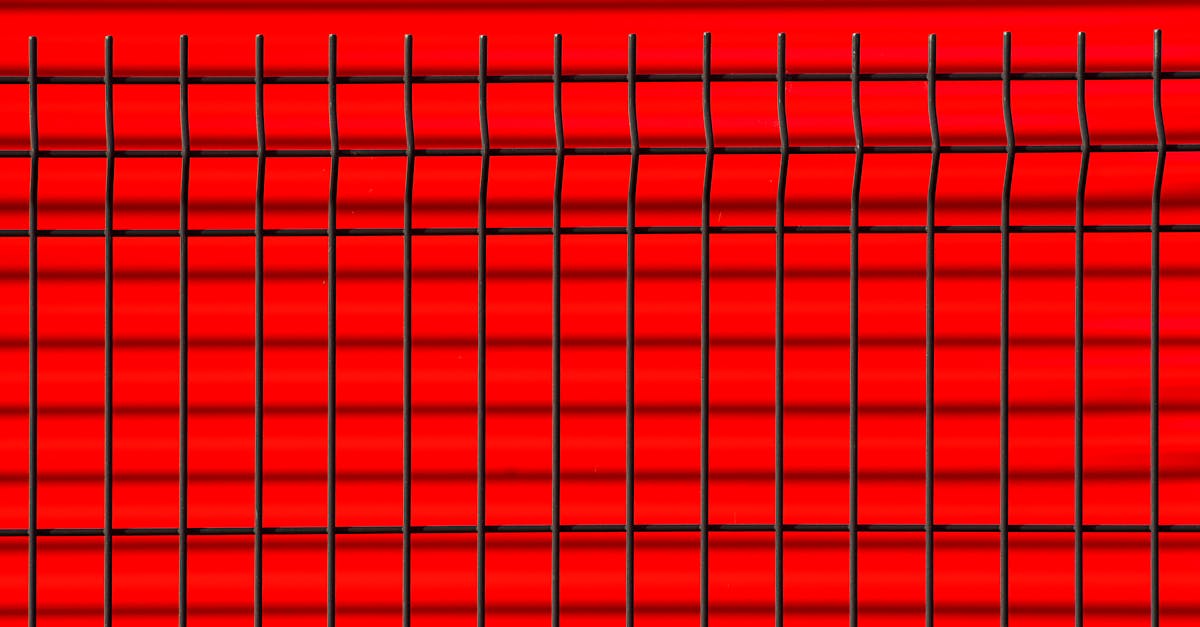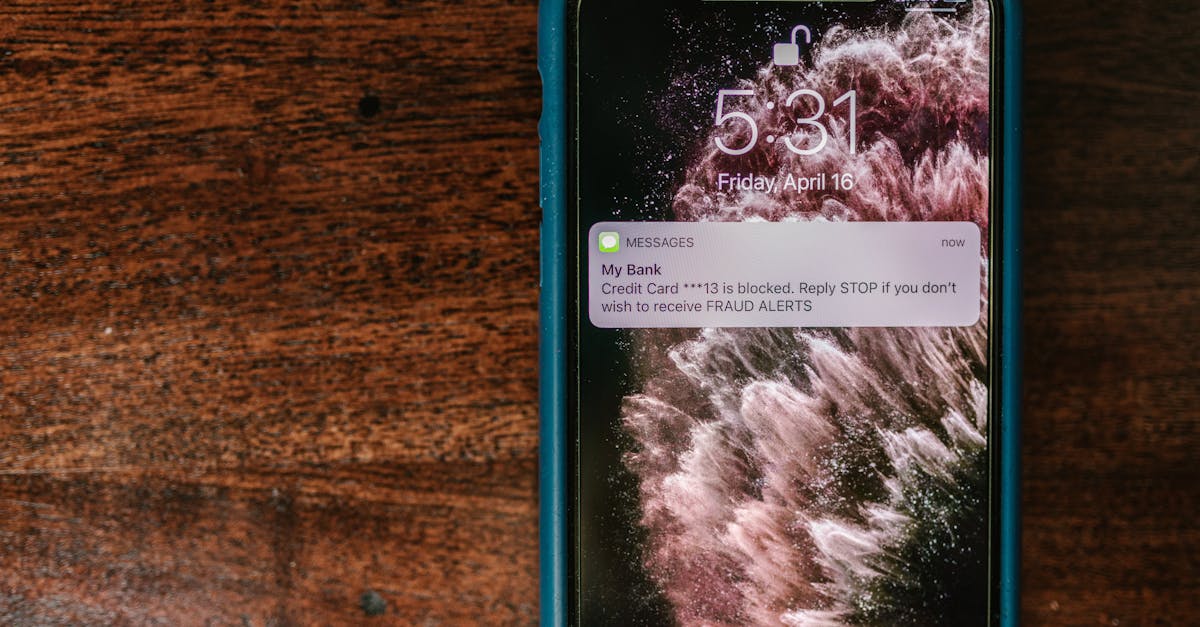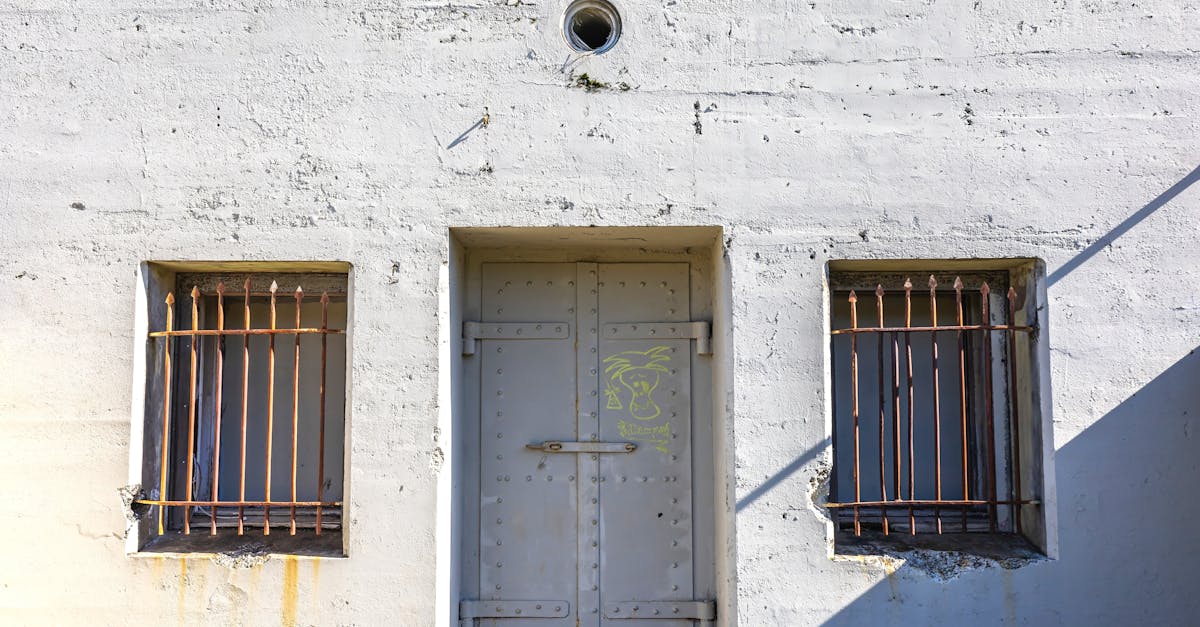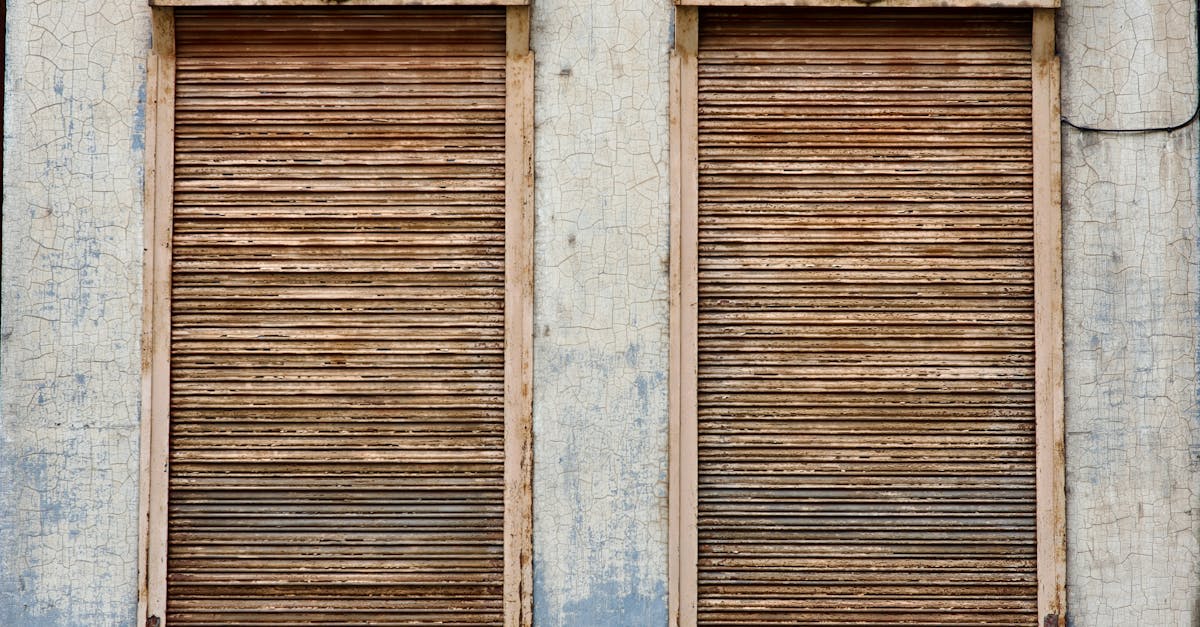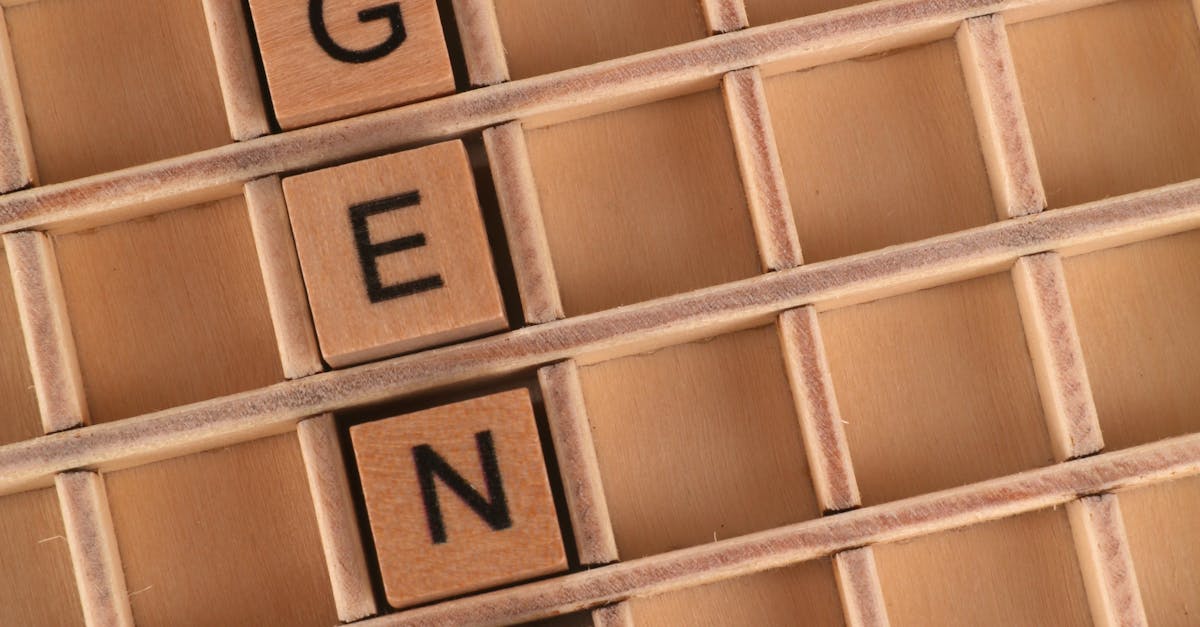
Table Of Contents
Inspecting Plumbing Connections
Inspecting plumbing connections is a crucial step in any faucet installation and repair process. Begin by examining the existing pipes for signs of wear, corrosion, or any obstructions that may hinder proper water flow. Look closely at the fittings and seals. Any evidence of rust or mineral buildup can indicate potential leaks or weaknesses that need addressing before proceeding further.
Check the connections carefully. Ensure that all threads are intact and the joints are secure. If you notice any damage, consider replacing the affected components before installing the new faucet. Taking these precautions now can prevent future issues, leading to a smoother and more reliable plumbing setup. Proper inspection ensures the longevity of the installation and helps maintain efficient water pressure and flow rates.
Checking for Damage and Leaks
Before proceeding with faucet installation and repair, carefully inspect existing plumbing connections for signs of damage. Look for frayed edges, rust, or corrosion around the joints. Moisture accumulation on the pipes may indicate a potential leak. This early assessment can prevent larger issues later. If any irregularities are noted, consider replacing the damaged parts before installing the new faucet.
After replacing or confirming the integrity of the connections, test for leaks before completing the installation. Tighten all fittings securely and run water through the system to observe if any water escapes. Pay close attention to the areas where the new faucet joins the plumbing. Address any leaks immediately to avoid further complications that can arise from undetected water flow.
Installing the New Faucet
When preparing for faucet installation, ensure that all the necessary tools are within reach. Gather an adjustable wrench, plumber's tape, a basin wrench, and a bucket to catch any drips during the process. Start by placing the new faucet in the designated area, paying close attention to alignment. It's vital to follow the manufacturer's instructions, which often provide specific guidance on positioning and securing the fixture.
Once the faucet is in position, secure it with the mounting nuts provided. It’s important to tighten the nuts evenly to avoid any misalignment. During this phase, perform a visual check to confirm that everything sits correctly. After securing the faucet, the next step in the process will involve connecting the water lines. By adhering to these steps, you can ensure that your faucet installation and repair will be successful, providing both functionality and reliability.
Proper Techniques for Secure Fitting
Achieving a secure fit during faucet installation is crucial for both functionality and longevity. Begin by carefully reading the manufacturer’s instructions, which often contain specific guidelines for proper installation. Ensuring that all components are aligned correctly helps to avoid leaks. When tightening fittings, use an adjustable wrench or basin wrench to maintain a firm grip without overtightening. Over-tightening can strip the threads or crack the fixture, leading to complications down the line.
In addition to the initial fit, consider using plumber's tape on threaded connections to help create a watertight seal. This thin, plastic tape wraps around the threads of the connection, reducing the risk of leaks. After installation, it’s wise to check for any signs of movement or instability by gently wiggling the faucet. This simple check can reveal potential issues before they become major problems. Adopting these techniques will ensure that your faucet installation and repair projects will be efficient and enduring.
Connecting Water Lines
When connecting water lines during a faucet installation and repair, it is essential to ensure that you have the correct tools on hand. Use adjustable wrenches to tighten nuts securely. Avoid overtightening, as this can lead to damaging the fittings or cracking the pipes. The use of plumber's tape on threaded connections can provide a better seal and help prevent leaks. Ensuring that connections are clean and free from debris is also crucial for a smooth installation process.
After securely connecting the water lines, turn on the water supply gradually and check for any leaks. This initial check can save time and prevent further complications in the future. If any leaks are detected, turn off the water supply and make the necessary adjustments. Once satisfied that there are no leaks, you can proceed to test the faucet by turning it on and observing the water flow. Proper connection of the water lines is vital for both the functionality and longevity of the faucet.
Tips for Ensuring a LeakFree Connection
When connecting water lines, applying Teflon tape to threaded connections is essential. This tape creates a watertight seal, helping to prevent leaks. Wrap the tape around the threads in a clockwise direction, ensuring it covers all threads evenly. Tightening the connections by hand is key, followed by using a wrench to secure them without overtightening. Careful attention to these details can make a significant difference in ensuring a leak-free connection.
Regularly testing the connections after installation is critical. Once you’ve connected the water lines, turn on the water supply gradually while observing for any signs of leakage. Even small drips can indicate an improper seal or damage. Faucet installation and repair may involve adjustments to fix these leaks promptly, ensuring long-term functionality and reliability in your home plumbing.
FAQS
What tools do I need to install a faucet?
To install a faucet, you typically need a basin wrench, adjustable wrenches, plumber’s tape, a screwdriver, and a bucket to catch any water.
How can I tell if my old faucet needs to be replaced?
Signs that your old faucet may need replacement include leaks, corrosion, difficulty in turning the handle, or constant dripping.
What should I do if I find a leak during inspection?
If you find a leak during inspection, you should turn off the water supply immediately, drain any remaining water, and then assess whether it can be repaired or if a replacement is necessary.
How do I ensure my new faucet is securely fitted?
To ensure your new faucet is securely fitted, make sure to tighten all connections properly without overtightening, and use plumber's tape on threads to create a better seal.
What is the best way to check for leaks after installing a faucet?
After installing a faucet, turn the water supply back on and check for any drops or moisture around the connections. It’s best to observe for at least a few minutes to ensure there are no leaks.

